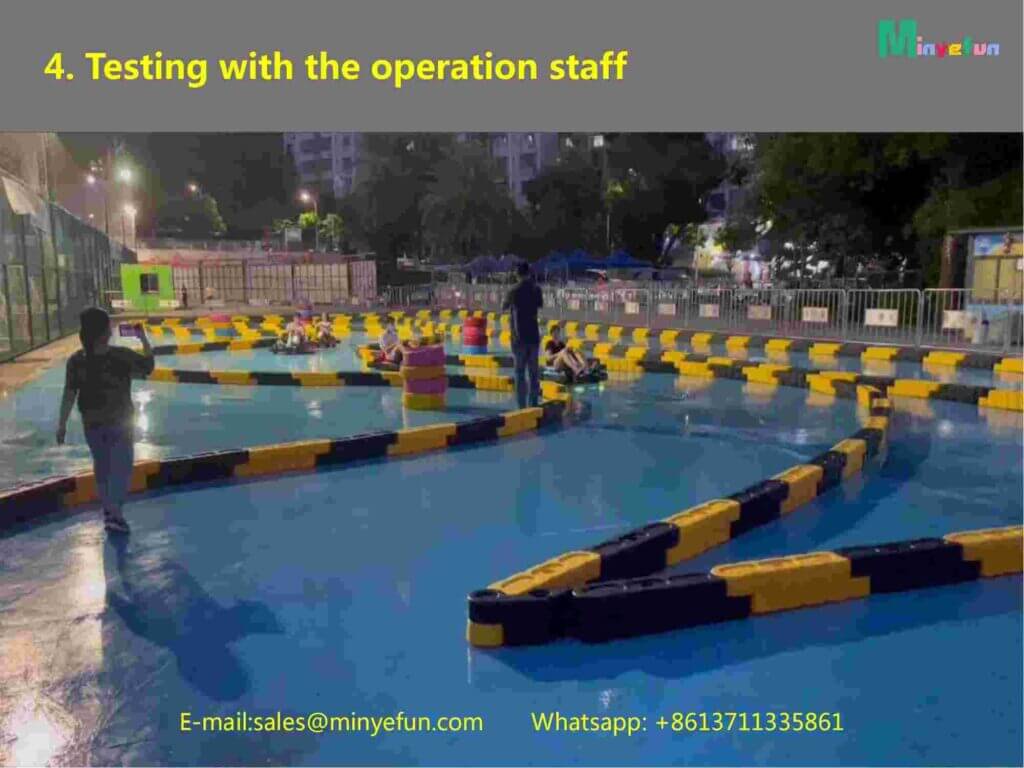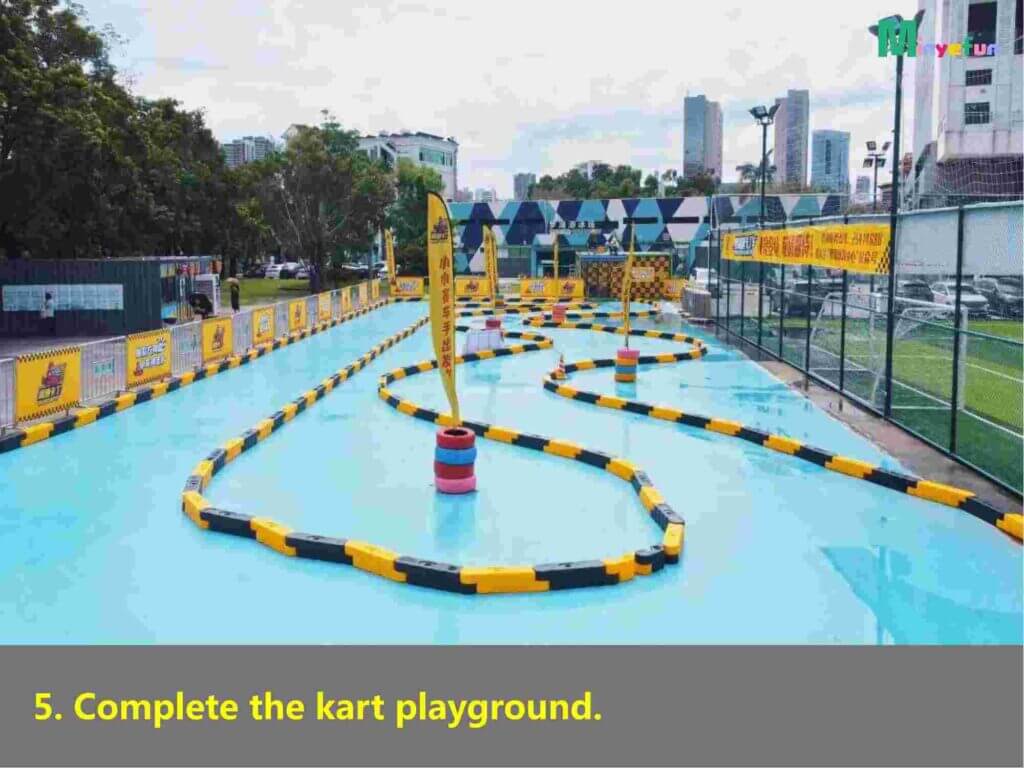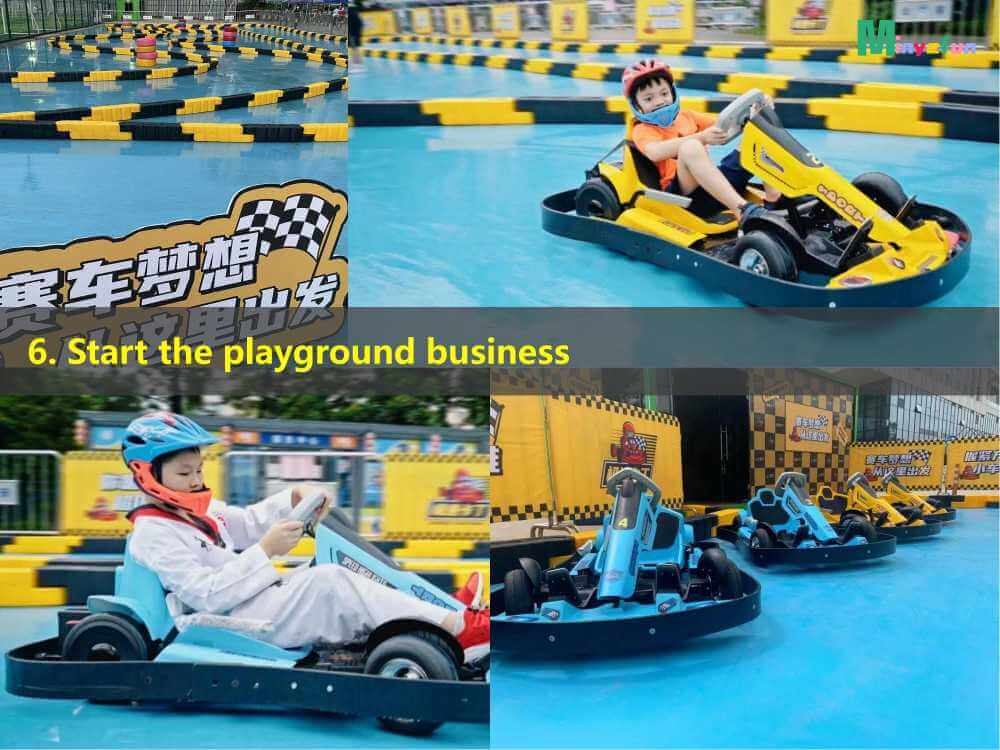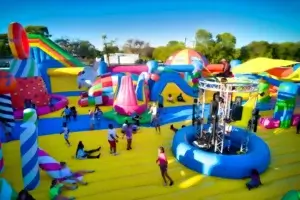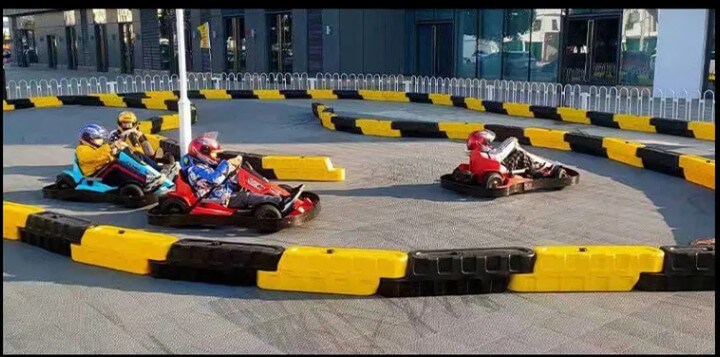A Comprehensive Guide to Customizing Go Kart Playgrounds
In the exhilarating world of go-karting, the playground serves as the canvas upon which enthusiasts paint their racing dreams. Customizing a go-kart playground is not just about adding flair; it’s a testament to creativity, innovation, and the pursuit of the ultimate racing experience. In this comprehensive guide, we’ll delve into the intricacies of go-kart playground customization, exploring the various aspects that contribute to an adrenaline-pumping, one-of-a-kind racing environment.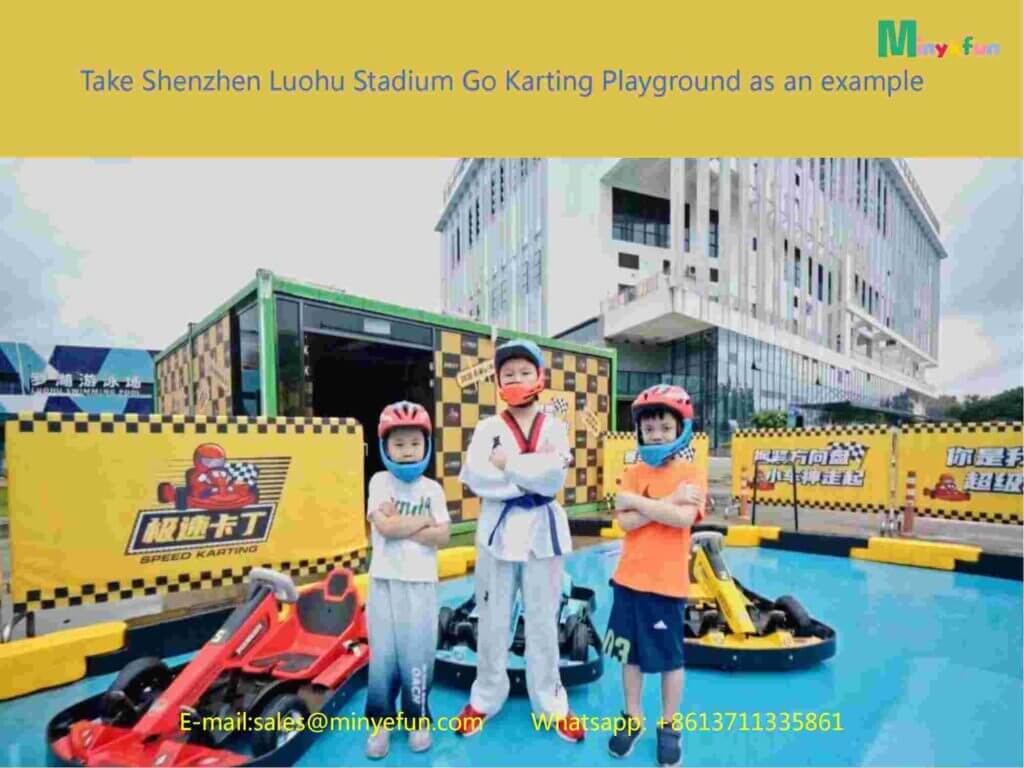
I. Track Design
1.1 Layout and Configuration
Creating a dynamic track layout is the foundation of any go-kart playground customization project. The track’s design determines the flow of the race, providing challenges and excitement for drivers. Discuss the importance of turns, straights, chicanes, and elevation changes in creating a balanced and engaging track.
1.2 Surface Materials
Explore the different surface materials available for go-kart tracks, such as asphalt, concrete, or specialized karting surfaces. Highlight the impact of surface choices on tire grip, racing lines, and overall performance. Consider the climate and location when selecting materials to ensure durability and longevity.
1.3 Safety Features
Address the crucial aspect of safety by incorporating barriers, runoff zones, and proper signage. Discuss the importance of safety barriers in preventing accidents and protecting both drivers and spectators. Explore innovative safety features, such as smart barriers with impact detection technology.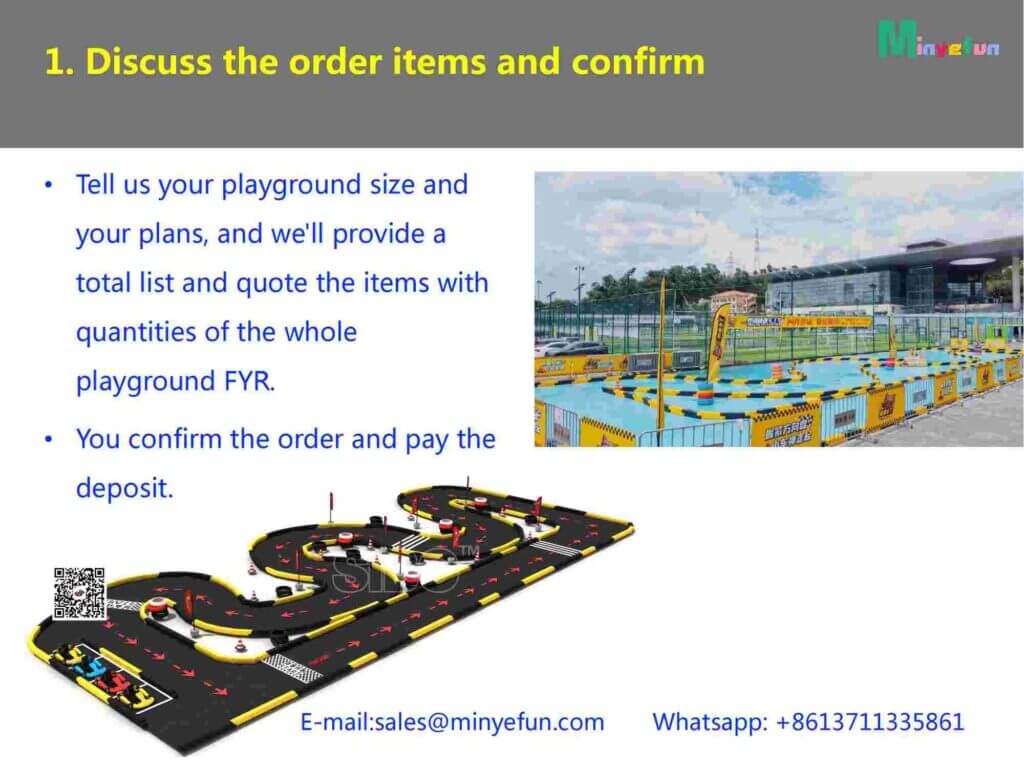
III. Facility Amenities
3.1 Spectator Areas
Consider the importance of spectator areas in enhancing the overall experience of a go-kart playground. Discuss the placement of grandstands, viewing platforms, and amenities for spectators.
3.2 Pit Facilities
Examine the design and functionality of pit areas, emphasizing the need for efficiency and safety. Discuss the layout of pit stalls, fueling stations, and equipment storage. Explore the integration of technology for real-time monitoring and analysis of kart performance.
3.3 Event Hosting Infrastructure
Address the infrastructure required for hosting events, including lighting. Discuss the importance of creating a versatile space that can accommodate various events, from casual races to professional competitions. Explore the integration of technology for data tracking and analytics.
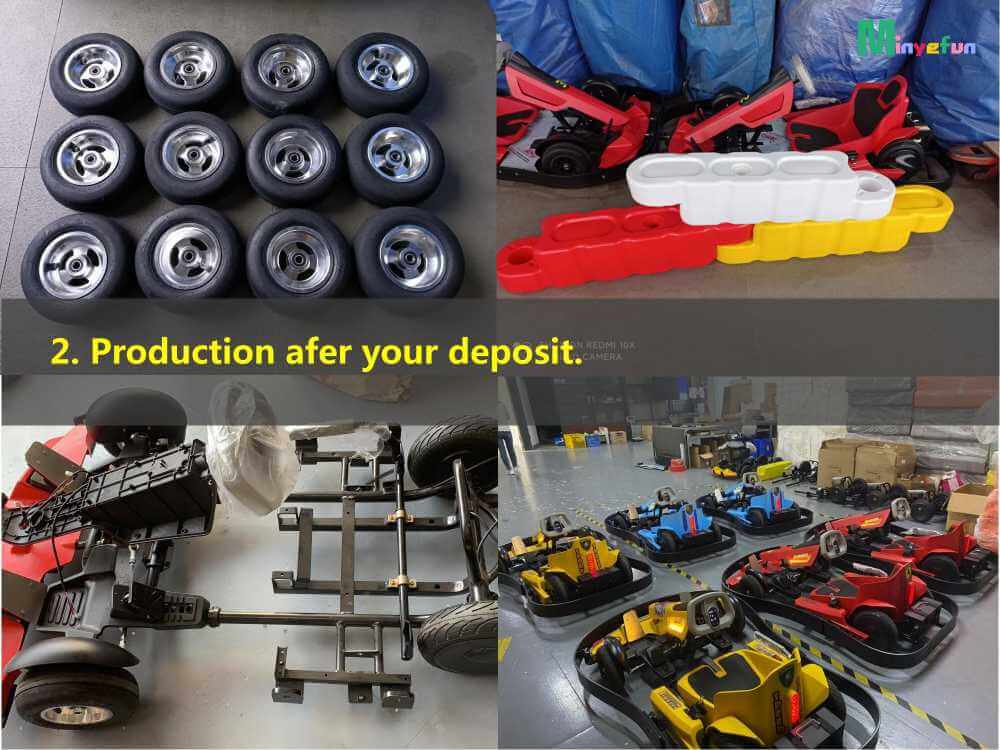
IV. Environmental Considerations
4.1 Sustainability
Discuss sustainable practices in go-kart playground design, such as the use of eco-friendly materials, rainwater harvesting, and energy-efficient lighting. Explore the integration of solar panels and other renewable energy sources to minimize environmental impact.
4.2 Landscaping and Aesthetics
Explore the role of landscaping in enhancing the aesthetics of a go-kart playground. Discuss the strategic placement of greenery, decorative elements, and branding. Consider the visual impact of the surroundings on the overall atmosphere of the facility.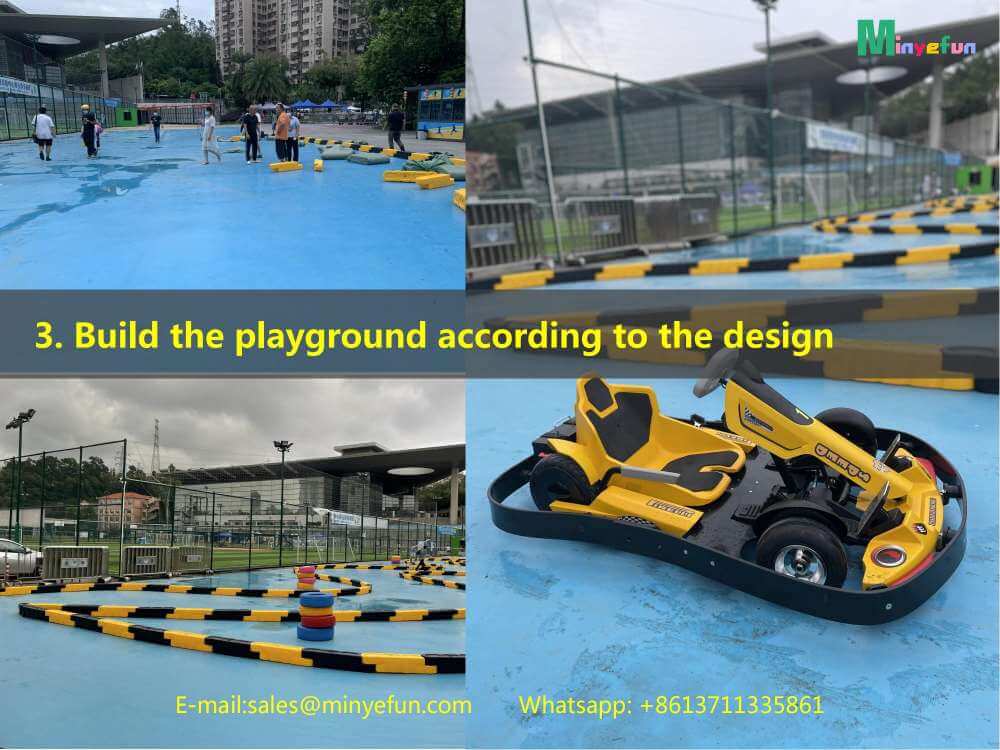
Conclusion
In conclusion, customizing a kart playground is a multifaceted endeavor that involves a delicate balance between engineering, safety, and aesthetics. From track design and kart customization to facility amenities and environmental considerations, every aspect contributes to creating a unique and unforgettable racing experience. By embracing innovation and pushing the boundaries of traditional design, enthusiasts can transform a simple go kart track into a dynamic playground that captures the essence of speed, competition, and the thrill of the race.